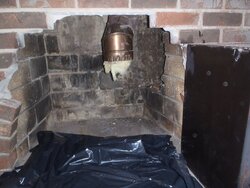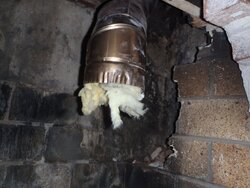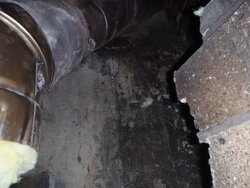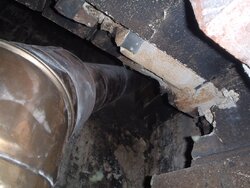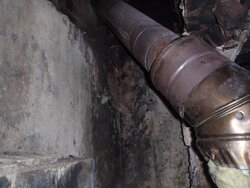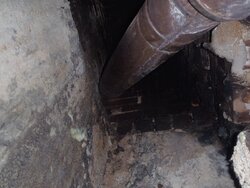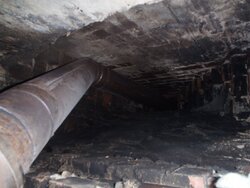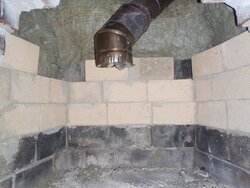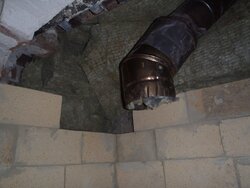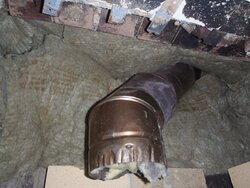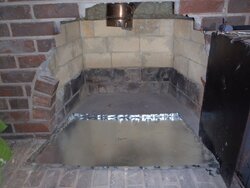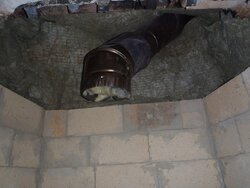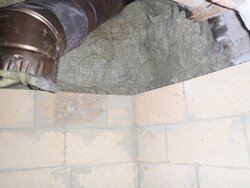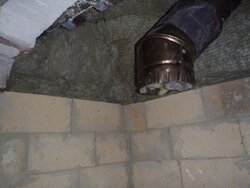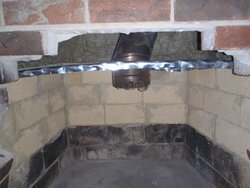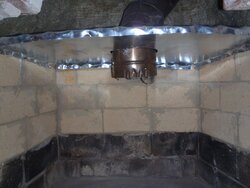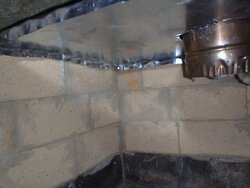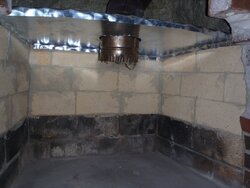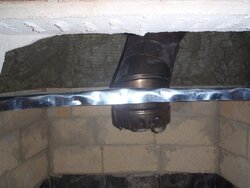Grisu
Minister of Fire
· I don't have a block-off plate
Get one or at least stuff some Roxul (Lowe's or HomeDepot) in there. See also here: https://www.hearth.com/talk/threads/poor-mans-block-off-plate-ii.73018/
· I do not have a thermometer to test the temperature.
Again, get one. It will really be helpful to determine whether you burn efficiently or not.
· I do not have a hydrometer to test the moisture of wood.
Probably not your main problem since pallet and lumber wood did not solve your issues but will help a lot with the wood bought from your dealer(s). This one is cheap and does the job:
http://www.harborfreight.com/digital-mini-moisture-meter-67143.html Be also advised that you rarely can buy seasoned wood with a moisture content of less than 20% (although the wood from your last supplier may have been ok). Most people here get their wood (either bought or scrounged themselves) split and stacked at least 2 years before they need it. Only then it will be seasoned. Single rows on pallets or some other support in full sun and exposed to lots of wind are best. I like to cover the top, too.
Once I get a roaring fire going, I wait several minutes and then leave the insert’s door open about 3 inches. If I don’t, it will become a weak fire, even with the air supply full open, ½ open, or almost closed.
I think that's it. You are running your insert as a fireplace which will suck most/all of the heat up the chimney. It could be that you have a general problem with draft but since you have a pretty long chimney with liner and not really airtight house I have the feeling your air supply is blocked. I would call SBI/Osburn or PM the user Fyrebug try to find out where your air intake is and check whether that is blocked. You will probably need to pull out the insert for that. You will also need to check the air channel in the stove. Maybe ash fell in during a cleaning and blocked it. In any case, when you have a good fire going and close the door the fire should not die down. In my case the draft is so good that the airwash works like a bellow further fanning the fire.
P.S. If we can solve your problem and you really want to part with $50 then I would suggest donating them to your local foodshelf or humane society. I am sure they will appreciate it.



 . I have to get some brickwork done so there is something I can actually attach the block-off plate to. Since the WETT-certified mason would already be here putting in some bricks to attach the block-off plate, do you think I should get him to make the fireplace chamber smaller before I put the block-off plate on? Would that help keep some heat in? What about a heat reflector (sheet metal) behind the insert?
. I have to get some brickwork done so there is something I can actually attach the block-off plate to. Since the WETT-certified mason would already be here putting in some bricks to attach the block-off plate, do you think I should get him to make the fireplace chamber smaller before I put the block-off plate on? Would that help keep some heat in? What about a heat reflector (sheet metal) behind the insert?